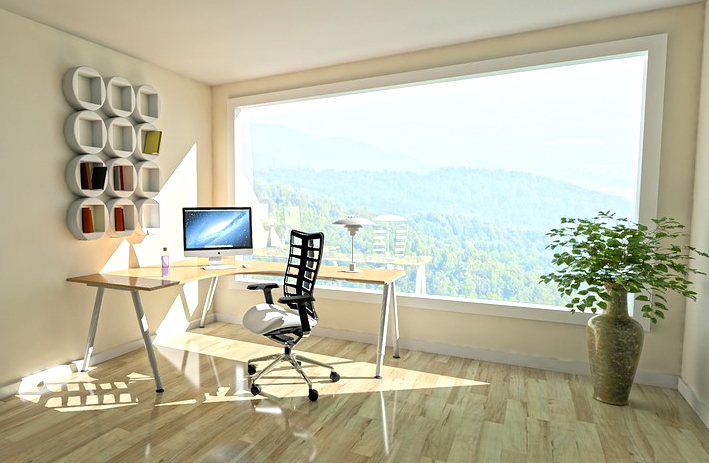Home lighting tips that will help you save money this winter
Home lighting is one of our biggest energy guzzlers, eating up to 20% of the average domestic power bill. And with electricity prices rising all the time, you will want to take advantage of every trick in the book to save money on your power bills. That’s where we come in! In this article, we give you nothing but the best home lighting tips that will allow you to shave plenty of money from your electricity bill this coming winter, whilst still effectively illuminating your home. Read on to find out more!
1. Replace Your incandescents!
Conventional incandescent lights convert power into light extremely inefficiently – which is why they are slowly being phased out in favor of Light Emitting Diodes (LEDs), or Compact Fluorescent Lamps (CFLs). Simply replacing your incandescents with these newer lighting technologies can reduce the running costs of your indoor lighting by as much as 75%. This is because, whilst more expensive upfront, over the course of their lifespan LEDs and CFLs, only consume around 10-20% of the power of your standard incandescent bulb. For example, a 13 watt CFL emits the same quantity of light as a 60-watt incandescent. So over the long run, you can save a lot of money with these bulbs. They also have a much LONGER lifespan than incandescents, so by choosing a bulb with a longer shelf life, you don’t have to go out and buy new bulbs as often, and can thus save a lot of money that way also. LEDs and CFLs can last from four to up to 30 years (as opposed to one year with a conventional incandescent).
2. Or Make Your Incandescents Cheaper to Run
If you MUST stick with the incandescents, there are ways you can make them considerably cheaper to run. For example, by lowering the wattage 15-20 watts, you can reduce the running cost about 15-20% – and you probably won’t even notice any difference in terms of the brightness. You can also install a dimmer or timer (more on this below).
3. Use lower wattage bulbs
Work out the lighting requirements of your room, and then choose the bulb with the lowest wattage rating that can meet those needs. Remember that wattage is a measure of power, whereas lumens is a measure of light output. Don’t confuse the two.
4. Turn off the lights
Turn off the lights when you don’t need them, or the room is unoccupied. This one’s a no-brainer!
5. Use timers, dimmers, and sensors
Consider using timers, sensors, and dimmers with your lights. These are especially useful for outside lights. For example, you will save a hell of a lot of power and money if your outdoor security lights only turn on when motion is detected, and the rest of the time is switched off – or, if you also install a dimmer, turned on but in dim mode. You can also configure your lights to only be turned on from dawn until dusk. These sorts of devices – motion sensors, dimmers, timers – won’t cost you upwards of $50, so you can be sure they won’t break the bank. And they will save you a lot more money on home lighting over the long run.
6. Take advantage of natural light wherever possible
 Again, another no-brainer! During the daylight hours, open up your blinds and curtains and make use of the free light provided by the sun. Then you won’t need to turn on your lights and waste power.
Again, another no-brainer! During the daylight hours, open up your blinds and curtains and make use of the free light provided by the sun. Then you won’t need to turn on your lights and waste power.
7. Clean your windows, light bulbs, and fittings
Clean your windows in order to maximize the amount of natural light that gets let through. Also, clean your light fittings and bulbs! You would be surprised at how much light gets wasted simply by having dirty fittings in place.
8. Allocate a switch to each light
When installing your home lights, make sure there is one switch for each light. That way, when you turn on a switch, you don’t turn on multiple lights – which will cost you a lot more money in the long run (time too! as you have to go around turning them off each time).
9. Use table and floor lights
For example, if you like to read during the evenings before bedtime, then get yourself a small reading lamp that illuminates only the required area. Don’t rely only on downlights that light up unoccupied parts of the room.
10. Choose the right light fitting
Some fittings actually block a lot of the light generated by the enclosed bulb, particularly those containing colored glass, or fabric. Choose fittings that will let most of the light through.
Summary: By following these simple, easy to implement, home lighting measures you can save a load of money on your electricity bills this winter. A little bit of extra care and attention goes a long way!



